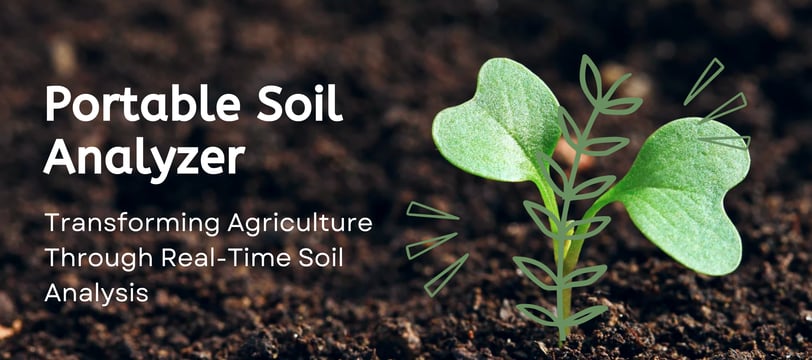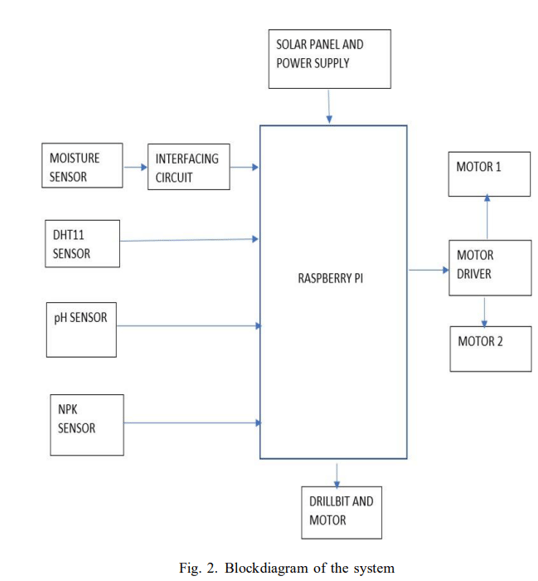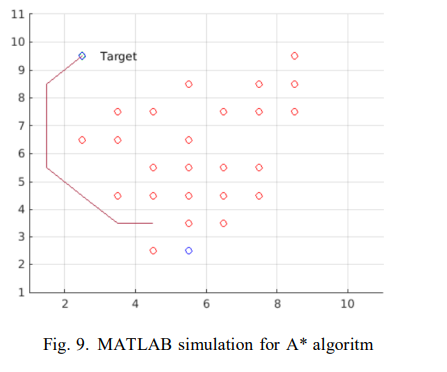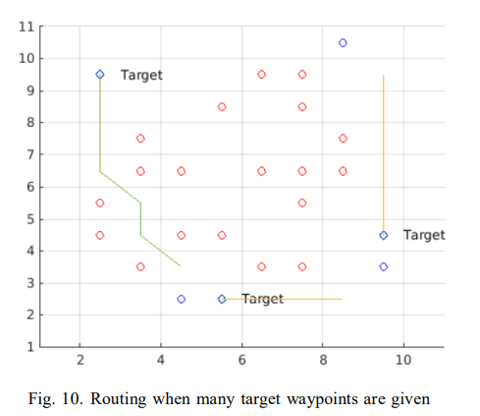Portable Soil Analyzer: Transforming Agriculture Through Real-Time Soil Analysis
Chithralekha Rajeev
5/5/20203 min read


Introduction and Problem Statement
Soil health is a cornerstone of successful agriculture, directly impacting crop yield and quality. Traditional soil analysis methods are often time-intensive, requiring specialized labs and significant delays, which can hinder timely decision-making for farmers. Following Kerala's catastrophic floods, the soil composition underwent drastic changes, further complicating the already challenging task of soil testing. To address these issues, the Portable Soil Analyzer was developed as a low-cost, field-deployable solution. This device provides real-time analysis of critical soil parameters, enabling farmers to make immediate, data-driven decisions for optimal crop selection and resource management.
Scope and Objectives
The Portable Soil Analyzer aims to:
Provide real-time soil analysis for parameters like pH, moisture, nitrogen (N), phosphorus (P), and potassium (K).
Generate crop recommendations based on analyzed data.
Enable local and accessible data storage and retrieval without the need for specialized cloud services.
Offer a simple user interface for farmers to easily interpret the data and insights.
System Design and Workflow
The Portable Soil Analyzer comprises the following components:
Rover Unit: Equipped with a drill-bit mechanism for automated soil sampling.
Sensor Assembly: Includes pH, moisture, and NPK sensors for soil analysis.
Data Processing Unit: A Raspberry Pi 3B serves as the computational core.
Local Data Storage and Sharing: Data is stored locally on an SD card or a low-cost storage module and shared via a basic mobile app or file transfer.
Mobile App Interface: Displays soil data and crop recommendations in a user-friendly format.
Step-by-Step Development Process
1. Research and Requirements Gathering
Problem Analysis: Studied the challenges faced by farmers in accessing timely and affordable soil testing.
Parameter Selection: Identified critical soil parameters for real-time testing, including pH, moisture, and NPK levels.
Survey: Engaged with farmers and agricultural experts to tailor the solution to real-world needs.
2. Hardware Development
Rover Design:
Designed in CATIA software and fabricated using 3D printing technology.
Modular design for easy assembly and maintenance.
Powered by DC geared motors controlled via an L298N Motor Driver.
Sensor Integration:
DHT11 Sensor: Measures temperature and humidity.
Moisture Sensor: Evaluates soil water content.
pH Sensor: Assesses soil acidity/alkalinity.
NPK Sensor: Analyzes macronutrient levels.
Sensors were interfaced with a Raspberry Pi for data acquisition.
3. Software Development
Data Processing:
Developed Python scripts for sensor calibration, data acquisition, and preprocessing.
Processed data was stored locally on an SD card.
Navigation System:
Implemented the A Algorithm* for efficient pathfinding.
Ultrasonic sensors ensured obstacle detection for smooth rover navigation.
4. Data Storage and Presentation
Local Storage: Sensor readings were stored on an SD card integrated with the Raspberry Pi. This eliminates reliance on cloud services, making the solution cost-effective and offline-capable.
Data Sharing: Farmers could transfer data to their smartphones or computers via Wi-Fi or Bluetooth modules on the Raspberry Pi.
Mobile App Interface: Developed a simple app that:
Displays soil parameters in real time.
Provides crop recommendations based on stored threshold values.
5. Testing and Calibration
Sensor Validation: Calibrated sensors with standard solutions and tested in controlled conditions to ensure accuracy.
Field Trials: Deployed the rover in varied soil types to evaluate performance and reliability.
Navigation Simulation: Verified the A* algorithm's effectiveness in MATLAB simulations.
Process Workflow
Soil Sampling:
The rover drills into the soil and collects a sample.
The sample is analyzed using integrated sensors.
Data Analysis:
The Raspberry Pi processes the sensor data and matches it against pre-defined threshold values stored locally.
Recommendation Generation:
The system suggests suitable crops based on analyzed data.
Navigation:
The rover navigates to predefined locations using GPS coordinates and avoids obstacles using ultrasonic sensors.


Tools and Technologies
Hardware: Raspberry Pi 3B, DHT11 sensor, NPK sensor, pH sensor, moisture sensor, L298N motor driver.
Software: Python for programming, MATLAB for pathfinding simulation, CATIA for rover design.
Local Data Storage: SD card or USB storage for offline data collection.
Data Sharing: Wi-Fi or Bluetooth for transferring insights to mobile devices.
Key Challenges and Solutions
Ensuring Data Accuracy:
Solution: Rigorous sensor calibration and use of smoothing algorithms.
Affordable Data Storage:
Solution: Utilized SD cards for offline data storage instead of expensive cloud solutions.
Field Navigation:
Solution: Combined GPS-based pathfinding with ultrasonic obstacle detection for seamless operation.
Outcomes
Accessibility: Enabled farmers to perform soil analysis independently, reducing reliance on external labs.
Cost-Effectiveness: Eliminated recurring costs by using local data storage and open-source tools.
Efficiency: Provided real-time insights, cutting analysis time from weeks to minutes.
Sustainability: Encouraged better soil management practices, reducing resource wastage.
Future Scope
Integration of additional sensors for micronutrient analysis.
Advanced analytics to predict crop yield and recommend fertilizers.
Expansion of navigation capabilities for larger and more complex fields.
The Portable Soil Analyzer is a revolutionary step towards empowering farmers with real-time soil insights, enabling data-driven agriculture that is efficient, sustainable, and farmer-friendly.




